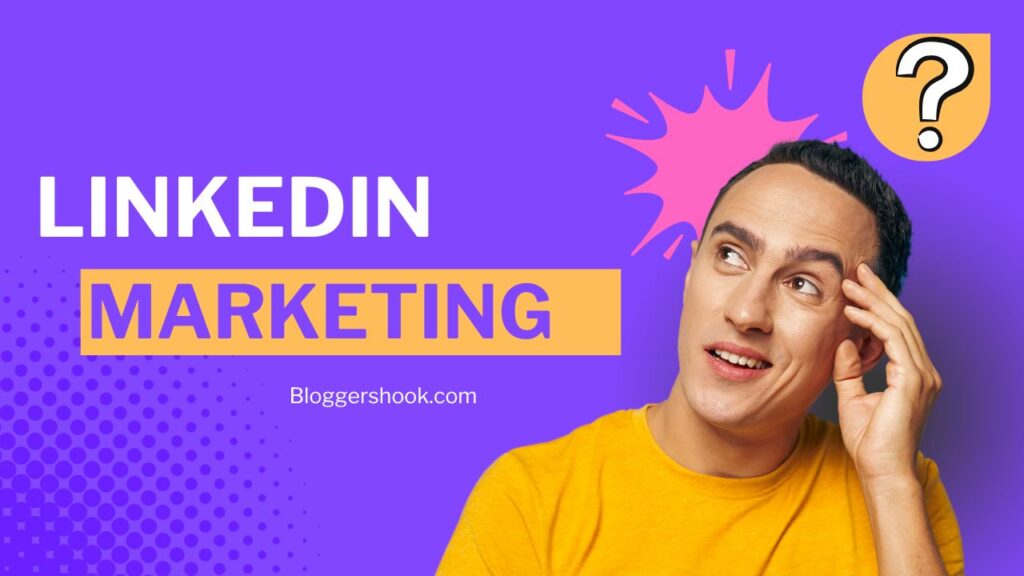In an age of rapid digital evolution, businesses are constantly seeking innovative strategies to engage customers, build loyalty, and grow sustainably. Amidst a sea of social media platforms and marketing tactics, Facebook Groups remain one of the most underutilized and underrated tools for business growth. While many companies focus their attention on ads, pages, and influencer marketing, Facebook Groups offer a unique, community-driven avenue to connect deeply with customers, build trust, and foster brand advocacy.
In this article, we explore the power of Facebook Groups as a growth tool for businesses. From building brand communities to gathering market insights and improving customer retention, we’ll dive into how this overlooked tool can provide significant strategic advantages.

What Are Facebook Groups?
Facebook Groups are communities within the Facebook platform where users can connect over shared interests, causes, or goals. Unlike Facebook Pages, which are more like broadcast platforms, Groups facilitate interaction, discussion, and collaboration among members.
There are three types of Facebook Groups:
- Public – Anyone can find the group and see the posts.
- Private (Visible) – People can find the group, but only members can see the posts.
- Private (Hidden) – Only members can find and interact with the group.
For businesses, the Private (Visible) group format is often the best balance of discoverability and exclusivity.
Why Facebook Groups Are a Hidden Growth Tool
1. Deeper Customer Engagement
Traditional Facebook Pages have limited organic reach due to algorithmic changes over the years. Posts from Pages often get buried under personal updates, ads, and viral content. Groups, on the other hand, prioritize member posts in the News Feed. When someone posts in a group, members are notified, increasing the visibility and interaction of that content.
In a Group setting, brands can have two-way conversations with their audience. It’s not just about broadcasting—it’s about dialogue. This creates a sense of connection and trust that’s difficult to achieve through ads or one-way social posts.
2. Community-Led Growth
Facebook Groups foster a sense of belonging. When customers feel part of a community, they’re more likely to become loyal to the brand and even advocate for it. This is the basis of community-led growth, where members generate content, answer each other’s questions, and promote the brand organically.
For example, software companies often create groups for their users to share tips, troubleshoot issues, and suggest new features. This not only strengthens user engagement but also reduces support costs and improves product development.
3. Free and Organic Reach
Marketing budgets can balloon quickly with ads, SEO, and paid influencers. Facebook Groups offer free reach that is still effective. Because group content is favored in algorithms and notifications, it’s easier to keep your business top of mind without spending extra on advertising.
While groups require consistent moderation and content creation, the return on time investment can far outweigh the costs, especially when members begin contributing content on their own.
4. Market Research and Feedback
Before launching a new product or making a strategic shift, businesses need reliable feedback. Facebook Groups offer a fast, honest, and informal way to gather insights. Group polls, discussions, and Q&A threads can reveal what your customers truly care about.
It’s also a great place to test ideas, preview features, and ask for testimonials. With real-time feedback and direct access to your core audience, you’re able to make smarter, data-informed decisions.
5. Increased Customer Retention
When customers feel like part of a brand’s journey, they stick around longer. Groups can act as support hubs where customers help each other and form friendships around your product or service.
In SaaS businesses, for instance, groups can reduce churn by giving users a place to find answers quickly, learn best practices, and feel supported. E-commerce brands can use groups to offer post-purchase guidance, style inspiration, or usage tips, which improves the overall customer experience.

How Businesses Can Use Facebook Groups Effectively
1. Define a Clear Purpose and Audience
Before creating a Facebook Group, clarify its purpose. Is it for customer support? User engagement? Exclusive content? Each purpose attracts different types of members and sets different expectations.
For example:
- A coaching business might create a group for paid clients to receive continued mentorship.
- A fitness brand could launch a challenge group to motivate users and showcase transformation stories.
- A B2B software provider might offer a community group for tips, updates, and collaboration among users.
Be specific about who the group is for and what value members will get from joining.
2. Build an Onboarding Strategy
Once members join your group, what happens next?
A smooth onboarding process is key to making members feel welcome and active. This can include:
- Welcome posts or videos
- Clear rules and guidelines
- Pinned FAQs or group navigation tips
- Encouragement to introduce themselves
Using automated tools like welcome posts or tagging new members helps set the tone and boost engagement early.
3. Foster Engagement (Not Just Promotion)
Resist the urge to turn your Facebook Group into a constant sales pitch. While occasional offers are fine, groups thrive when they provide value, entertainment, or inspiration.
Effective engagement strategies include:
- Weekly themes or discussions
- Member spotlights or success stories
- Live Q&As
- Challenges and polls
- Behind-the-scenes content
The more your members feel the group serves their needs, the more they’ll engage—and eventually buy.
4. Moderate for Quality and Safety
Group moderation is essential. Left unmanaged, spam and negativity can quickly kill engagement and trust. Assign moderators, set rules, and enforce them consistently.
Encourage constructive conversations and model the type of culture you want the group to have. This also means being responsive to feedback and addressing any concerns or complaints quickly.
5. Use Group Insights and Tools
Facebook offers Group Insights for admins, which include metrics such as:
- Top contributors
- Most active times
- Popular posts
- Engagement rates
These analytics help you understand what content works, who your power users are, and how to improve the community. You can also create guides, badges, and learning modules to organize content more efficiently.
Types of Businesses That Can Benefit from Facebook Groups
1. Coaching and Education
Coaches, consultants, and online educators can use groups to nurture clients, offer additional resources, and create accountability systems. Groups add value to programs and extend learning beyond formal sessions.
2. SaaS and Tech Startups
For software businesses, groups are a powerful user success tool. They reduce support tickets, enable peer-to-peer learning, and gather invaluable user feedback.
3. E-commerce and Product Brands
From skincare to gadgets to fashion, product-based brands can turn customers into fans by offering styling tips, reviews, contests, and tutorials inside a private community.
4. Health and Wellness
Whether you’re a personal trainer, therapist, or wellness brand, groups are perfect for building trust, offering support, and guiding people toward their goals.
5. Creative and Niche Businesses
Artists, writers, crafters, and niche hobbyists can form passionate communities that share creations, ideas, and recommendations—all centered around your product or service.
Success Stories: Real-World Examples
Peloton
Peloton has multiple Facebook Groups where users share workout goals, celebrate milestones, and connect with instructors. These groups have significantly increased brand loyalty and community sentiment.
ClickFunnels
ClickFunnels, a SaaS company, runs a massive and engaged Facebook Group where users share funnel strategies, ask questions, and offer feedback. The group also acts as a lead magnet for new users.
Glossier
This beauty brand uses community feedback from its Facebook Group to develop new products and understand customer preferences. It creates a feedback loop that makes customers feel seen and heard.
Challenges and Considerations
While Facebook Groups can be powerful, they do come with challenges:
- Time-Intensive: Building and maintaining a group requires consistent attention.
- Platform Dependency: You don’t own the platform, and changes to Facebook’s algorithm or policies can affect reach.
- Moderation Needs: Without active moderation, groups can become spammy or toxic.
- Measurement Complexity: ROI isn’t always easy to quantify without a clear funnel.
That said, for businesses willing to invest time into relationship-building, these challenges can be mitigated with the right systems and expectations.
Conclusion
In a world where digital attention is scarce and customer trust is hard-won, Facebook Groups offer an opportunity to rise above the noise. They allow businesses to build meaningful relationships, create vibrant communities, and nurture long-term customer loyalty—all without needing massive ad budgets.
As more consumers seek connection over transaction, Facebook Groups have emerged as a hidden but powerful growth lever. Whether you’re a solopreneur or a large brand, the potential to cultivate deeper engagement and drive organic growth is well worth the investment.
It’s time to move beyond the broadcast model and start creating conversations. If you’re not already using Facebook Groups for your business, you might just be missing out on your most valuable asset: a community that grows with you.


